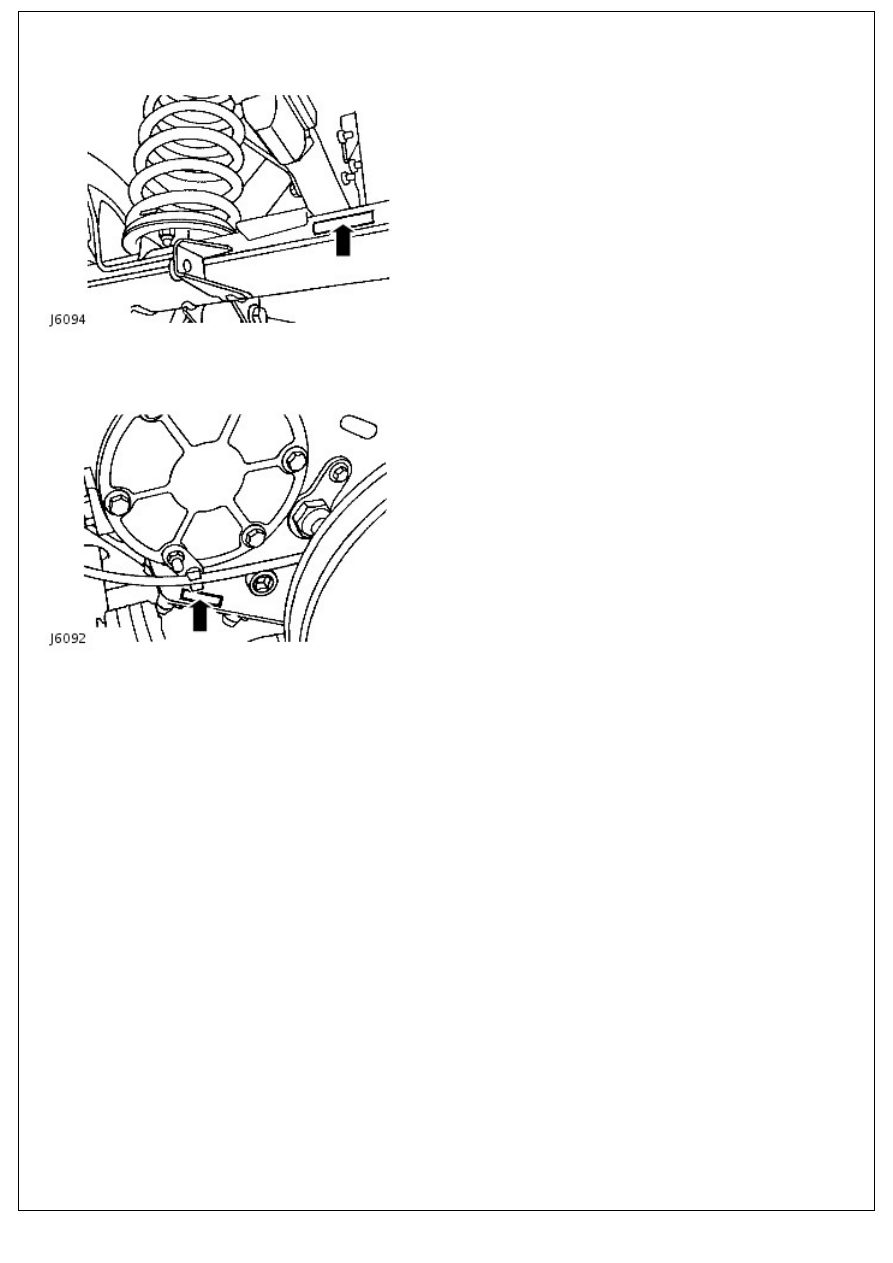Defender. Manual - part 10

The front axle serial number is stamped on the LH side of the front axle tube, inboard of radius arm mounting bracket.
Rear Axle Serial Number
The rear axle serial number is stamped on the rear axle tube on the LH side, inboard of the spring mounting.
Transfer Case Serial Number
The transfer case serial number is stamped on the LH side of the transfer case below the mainshaft rear bearing housing
adjacent to the bottom cover.